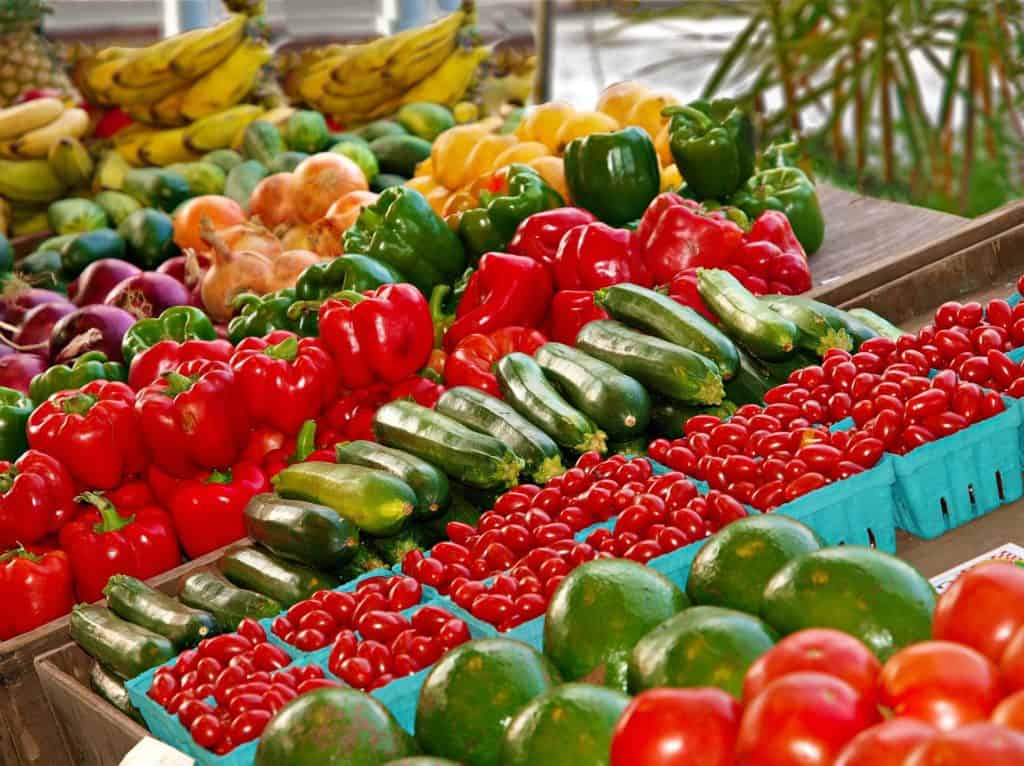
Fruit and vegetable prices in South Africa have increased to the point that poorer people have had to remove them from their grocery lists
The Barilla Centre for Food and Nutrition’s Food Sustainability Index (FSI)2017 ranks 34 countries across three pillars: sustainable agriculture; nutritional challenges; and food loss and waste. South Africa ranks in the third quartile of the index in 19th place. However, the country has a score of 51 on its ability to address nutritional challenges. The higher the score, the greater the progress the country has made. South Africa’s score is lower than a number of countries on the index.
David Sanders, emeritus professor at the school of public health at the University of the Western Cape, and an affiliate of the Centre of Excellence in Food Security, says that South Africans have a very high burden of ill health, much of which is related to their diet.
But he adds that large corporates dominate every node of the food chain in the country, starting from inputs and production, all the way to processing, manufacturing and retail. “So it is monopolised all the way up the food system from the farm to the fork.”
“The food system is creating, for poor people anyway, a quite unhealthy food environment. So for well-off people there is sufficient choice and people can afford a nutritionally-adequate diet, even one of quite high quality.
“But poor people can’t. In most cases, the great majority, don’t have a kind of subsistence farming to fall back on because of land policies and the fact that in the 24 years of democracy there hasn’t been significant development of small scale farming,” Sanders, who is one of the authors of a report on food systems in Brazil, South Africa and Mexico, tells IPS.
According to the report, about 35,000 medium and large commercial farmers produce most of South Africa’s food.
In addition, Sanders points out that a vast majority of rural South Africans purchase, rather than grow, their own food.
“The food they can afford tends to be largely what we call ultra processed or processed food. That often provides sufficient calories but not enough nutrients. It tends to be quite low often in good-quality proteins and low in vitamins and minerals – what we call hyper nutrients.
“So the latter situation results in quite a lot of people becoming overweight and obese. And yet they are poorly nourished,” Sanders explains.
This is a shortened version of an article originally published by IPS News Agency. Read the full version here
related Articles
CoE-FS wraps up a year of engagement at Science Forum South Africa
The DSI-NRF Centre of Excellence in Food Security (CoE-FS) finished off its year of conference engagement activities at Science Forum…
Five reasons to support draft Labelling Regulations R3337
The are numerous public health benefits of the draft Labelling Regulations R3337. Photo Nathália Rosa/Unsplash. South Africa’s Minister of Health…
Ramadan: a dietitian offers tips for healthy fasting
Ramadan: a dietitian offers tips for healthy fasting Ramadan is centred on prayer, the Qur’an, deep mindfulness and spiritual reflection. Sudipta…



